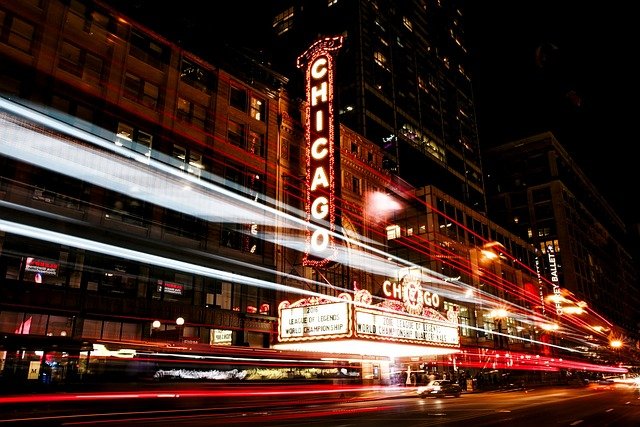Neon Renaissance: Illuminating Modern Urban Landscapes
In the pulsating heart of contemporary cityscapes, a luminous revolution is taking place. Neon, once relegated to the realms of retro nostalgia and faded Americana, is experiencing a vibrant resurgence. This electrifying art form is casting its glow across urban environments, infusing modern architecture and design with a mesmerizing blend of nostalgia and futurism. As cities around the globe embrace this neon renaissance, we explore the cultural significance, artistic innovation, and transformative power of this radiant medium in shaping our visual landscape.

Throughout the early 20th century, neon became synonymous with urban nightlife, adorning theaters, hotels, and diners across America. Its ability to cut through darkness and fog made it an ideal medium for advertising, transforming cityscapes into dazzling spectacles of light and color. However, as plastic signage and LED technology emerged, neon fell out of favor, relegated to the realm of vintage aesthetics and dive bar ambiance.
Neon’s Cultural Resurgence
In recent years, neon has experienced a remarkable revival, transcending its commercial origins to become a respected form of artistic expression. This resurgence can be attributed to a confluence of factors, including a growing appreciation for craftsmanship, a yearning for tangible experiences in an increasingly digital world, and a nostalgic longing for the aesthetic of bygone eras.
Contemporary artists and designers are embracing neon’s unique properties, using its warm glow and bold colors to create installations that blur the lines between art, architecture, and urban planning. From gallery exhibitions to public art projects, neon is once again illuminating our collective imagination, challenging perceptions, and redefining the visual language of modern cities.
Craftsmanship in the Digital Age
The revival of neon art has brought renewed attention to the skill and craftsmanship required to create these luminous works. Unlike mass-produced LED signs, each neon piece is hand-crafted, requiring a delicate balance of scientific knowledge, artistic vision, and physical dexterity. Neon artists, often referred to as glass benders, must shape tubes of glass with precision, filling them with noble gases and applying an electrical charge to create the signature glow.
This emphasis on craftsmanship resonates deeply in an era dominated by digital technology and automated production. The tactile nature of neon creation, combined with its ethereal glow, offers a unique bridge between the physical and the intangible, appealing to those seeking authentic, handcrafted experiences in an increasingly virtual world.
Neon in Contemporary Architecture and Design
Architects and interior designers are increasingly incorporating neon elements into their projects, using its distinctive glow to create atmospheric environments and define spaces. From high-end restaurants to boutique hotels, neon is being employed as a tool for storytelling and brand identity, infusing spaces with character and warmth.
In the realm of public art, large-scale neon installations are transforming urban landscapes, turning buildings into canvases and city squares into immersive light experiences. These projects often blend neon with other media, such as projection mapping and interactive technologies, creating dynamic, ever-changing artworks that respond to their environment and engage viewers in new ways.
Environmental Considerations and Technological Advancements
As the neon renaissance gains momentum, questions of sustainability and energy efficiency have come to the forefront. Traditional neon tubes, while long-lasting, do consume significant amounts of electricity. In response, artists and manufacturers are exploring eco-friendly alternatives and energy-saving technologies to ensure that neon’s revival aligns with contemporary environmental concerns.
Advancements in LED technology have led to the development of LED neon flex, a product that mimics the look of traditional neon while offering increased durability and energy efficiency. While purists argue that LED cannot replicate the warmth and character of real neon, these innovations are expanding the possibilities for neon-inspired design in sustainable architecture and public art projects.
The Future Glows Bright
As we look to the future, the neon renaissance shows no signs of dimming. Its unique ability to evoke emotion, create atmosphere, and transform spaces continues to captivate artists, designers, and urban planners alike. The integration of neon with emerging technologies, such as augmented reality and responsive environments, promises to push the boundaries of what’s possible in illuminated art and design.
Moreover, the resurgence of neon serves as a poignant reminder of the cyclical nature of art and culture. In an age of rapid technological advancement, the enduring appeal of this century-old medium speaks to our deep-seated connection to light, color, and craftsmanship. As cities around the world continue to evolve, neon stands poised to play a pivotal role in shaping the visual identity of our urban futures, illuminating the path forward with its timeless, ethereal glow.





